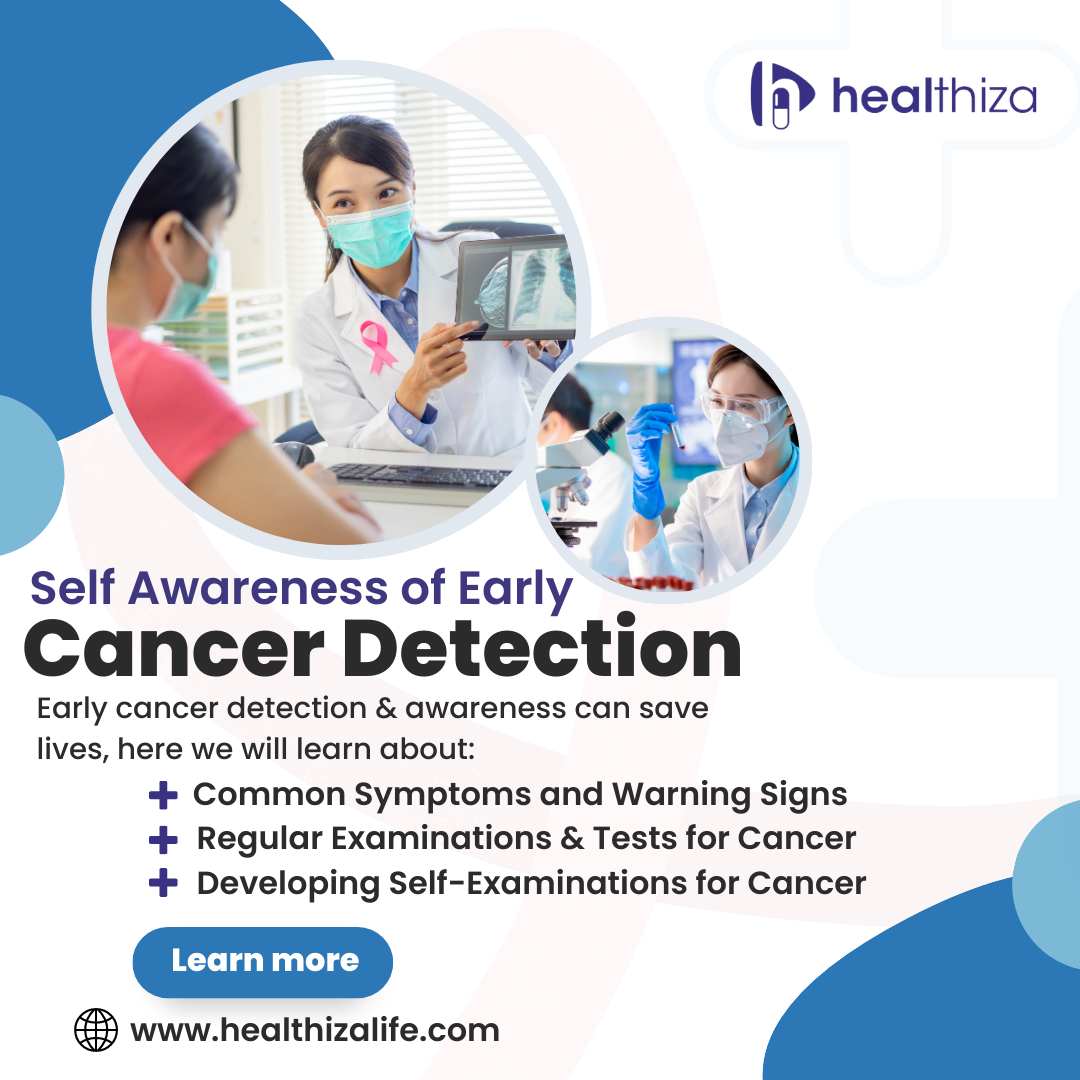Best Lung Cancer Treatment in the USA
Lung Cancer Treatment
Healthiza Lifescience is committed to sharing clear, up -to -date information, so that patients and families can take confident decisions. In the United States, lung cancer has become a major cause of cancer death for both men and women, but the results are previously improving thanks to detection and modern treatments. As per the 2025 data, the National Cancer Institute estimates 226,650 new cases and 124,730 deaths from lungs and bronchus cancer, with an existence of 5 years relative to 28.1% -a number that increases in the form of advances of care. In the last decade, the mortality rate is falling about 4% per year, an indication that screening and better treatment are saving lives.
Why Early Detection Matters
Detecting lung cancer early is the most powerful way to improve existence. When the disease is found in a local stage, the 5 -year survival rate is about 64.7%; Once it spreads from a distance, it falls to ~ 9.7%. Unfortunately, more than half of cases are still diagnosed after cancer is already metastasized, which is why screening is important.
Who Should Get Screened?
Two major guidelines inform US screening:
USPSTF (U.S. Preventive Services Task Force): The annual low-dose CT (LDCT) for adults 50-80 with 20 pack-year history that currently smokes or leaves within the last 15 years; Smoking free after 15 years or if a person can’t undergo therapeutic treatment.
American Cancer Society (2023 update): annual LDCT for adults 50–80 with ≥20 pack-years who currently smoke or smoked in the past, without a 15-year quit-time limit. This expands eligibility to many long-time quitters who still take high risk.
Talk with your doctor which guidelines apply to you, potential benefits (earlier detection) and harms (false positive, casual conclusions), and how to quit smoking if you still use tobacco.
Understanding the Types of Lung Cancer
Treatment plans depend on the type and stage:
- Non-Small Cell Lung Cancer (NSCLC) (~ 85% cases): Adenocarcinoma, squamous cell carcinoma and large cell carcinoma are included.
- Small cell lung cancer (SCLC) (~ ~ 15%): increases and spreads rapidly and is usually treated differently.
What is the Best Lung Cancer Treatment?
There is no “best” therapy for every patient. The optimal plan is individual -built as per stage, tumor genetics (biomarker), overall health and patient preferences. It is mentioned here how state -of -the -art care is seen in 2025.
Surgery & Radiation for Initial Stage Disease
For the initial stage NSCLC, surgery (depending on the size and location of the lobectomy or segmentectomy) provides the highest chance of treatment. When surgery is not possible, stereotactic body radiotherapy (SBRT) may accurately radiate for tumors. Some patients benefit from therapy (after surgery) or neoadjuvant (before surgery) to reduce repetitive risk.
Chemoradiation & Consolidation
Locally advanced (usually phase III) for NSCLC that cannot be surgically removed, combined chemotherapy plus radiation is effective. Many patients receive a consolidation immunotherapy to help control cancer.
Targeted Therapy
A cornerstone of modern Lung Cancer care is comprehensive molecular test on tissues (or even blood). If your cancer harbors a driver mutation – such as EGFR, ALK, ROS1, Braf, MET, RET, NTRK, or Kras G12C – You can be eligible for an oral targeted therapy that often works with better and less side effects than traditional chemotherapy for that mutation. These drugs can be used in metastatic disease and, for some mutation (eg, EGFR), after surgery for repetition risk cuts.
Immunotherapy
Immune checkpoint inhibitors (such as PD -1/PD -L1 blockers) have resumed treatment for many patients with advanced NSCLC and are also used in some stage 3 cases even after chemoradiation. They help the immune system identify and attack cancer cells and can give sustainable reactions in patients.
Small Cell Lung Cancer Breakthroughs
SCLC is highly sensitive to chemoradiation, but relapses are common. A major 2024 advance: FDA approved the Durvalumab as a consolidation therapy after concurrent chemoradiation for limited-phase SCLC based on phase 3 adsriatic testing-a new standard of first approved immunotherapy and care for this stage.
Build a Personal Treatment Plan
A top level American cancer center will usually be:
- When indicated, CT, PET/CT, and brain MRI done accurately.
- Testing comprehensively: PD-L1 and next generation sequencing for target mutation in NSCLC; Imaging and laboratory suitable for SCLC.
- Present your case to the tumor board so that surgeons, medical oncologists, radiation oncologists, pulmonologists and pathologists weigh together.
- Sequence therapy: Surgery ‘Neoadjuvant/adjuvant therapy, or definitive chemoradiation with immunotherapy, or targeted therapy first for driver-positive disease.
- Support you with a holistic manner with smoking, nutrition, pulmonary rehabilitation and side-effect management.
These phases align with the guidance of the National Cancer Institute that standard treatment options include surgery, radiation therapy, chemotherapy, targeted therapy and immunotherapy, which are individual to the tumour type and phase.
Risk Reduction Still Matters
While treatment has improved, prevention saves the most life. Smoking drives most cases of lung cancer; Leaving smoking reduces the risk over time, and the screening helps in catching cancer as soon as possible. There is also a low risk for avoiding radon mitigation and commercial carcinogenes at home. If you qualify for LDCT, discuss it with your doctor – especially if you are between 50 and 80 with heavy smoking history.
What to Ask your Care Team
- Do I qualify for LDCT screening under ACS or USPSTF criteria?
- What stages and type of lung cancer do I have?
- Has my tumor biomarker-testing? If positive, what targeted options exist?
- Should I consider immunotherapy after now or after radiation?
- Am I eligible for a clinical test?
- Can supporting care services help me stay strong during treatment?
Healthiza Lifescience Commitment
In Healthiza Lifescience, we believe that every person facing lung cancer is entitled to a treatment plan and conforms to their goals. From education to access support, our team partners with clinicians and patients to navigate choices – whether it is surgery, SBRT, targeted therapy, chemicals, or immunotherapy. If a new diagnosis is made to you or a loved one, ask about comprehensive testing and multi-disciplinary reviews. Better knowledge leads to better care.
Disclaimer: This article is educational and not an alternative to medical advice. Always consult your healthcare provider for diagnosis and treatment decisions.
Source: American Cancer Society, National Cancer Institute SEER and PDQ, USPSTF, and 2024-2025 updated on Durvalumab for Limited SCLC,
Also Read,








